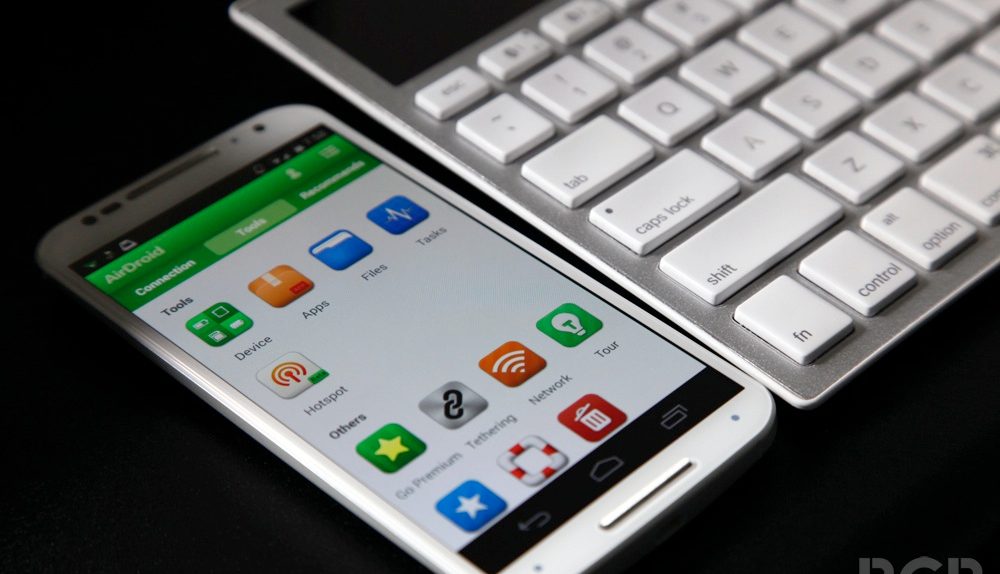When CEO Tim Cook and his fellow Apple executives unveils iOS 8’s great new features on stage during their WWDC 2014 keynote presentation back in June, the most dramatic audience response might have come when the crew unveiled iOS 8’s new Continuity features. With this great new functionality, iOS devices and Mac computers will be more closely connected than ever, able to quickly and easily exchange files and other data. Better still, iOS device notifications appear on a user’s connected Mac, and messages can even be sent and received right from within OS X.
But there’s a catch: despite the fact that Apple released iOS 8 to the public on Wednesday, none of this awesome new functionality is available to iPhone and iPad users yet. If you have an Android smartphone or tablet, however, all of these great features and more are already available thanks to a single fantastic app.
DON’T MISS: Here’s how to give your Android phone a huge speed boost
The idea of moving files between devices, seeing notifications on your desktop and sending text messages from your computer might seem novel to iPhone owners, but more than 10 million Android device owners have been enjoying all this functionality and more for quite some time now thanks to an awesome free app called AirDroid.
We’ve covered AirDroid here on BGR in the past, but now that interest in this feature set has been revived by iOS 8, it’s worth discussing again. And of course, none of these new Continuity features are available to iPhone and iPad owners until OS X Yosemite is released sometime next month, so Android users still have an edge in this area.
But if you’re an Android user, you can do everything iOS 8 can do and more with AirDroid.
Manage your Android devices on the web, all over the air. – No USB cable required. – No driver installation required. – Same WiFi network or Internet. – Pure web app, works on Windows, Mac, Chromebook and Linux.
Simply install AirDroid on your Android and you’ll be able to enjoy the following features on your computer at web.airdroid.com: – SMS: send and receive individual or group messages. – Apps: Import and export .apk files. – Files: Manage files on Android and transferring files between Android and computer. – Photos: View and manage photos on Android and transferring photos between Android and computer. – Music & Videos: Play and manage music & videos on Android and transferring them between Android and computer. – Ringtones: Set music as ringtone and export any ringtone. – Contacts: View and edit all the contacts. – Screenshot: View the real time screen of Android devices, take static screenshots. (root required) – Camera: See through the lens of both front and back camera, also supports flashlight. – URL: Push url to Android and open automatically open it with Android browser. – Clipboard: Share clipboard content between Android and computer.
There are also some very useful features on the Android client, including WiFi tethering, file manager, task manager, etc.
AirDroid is a free download in the Play store, and premium features are available for $1.99 per month, $19.99 per year or $38.99 every two years.




